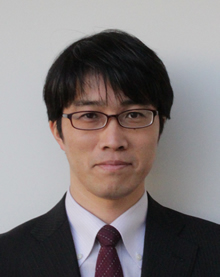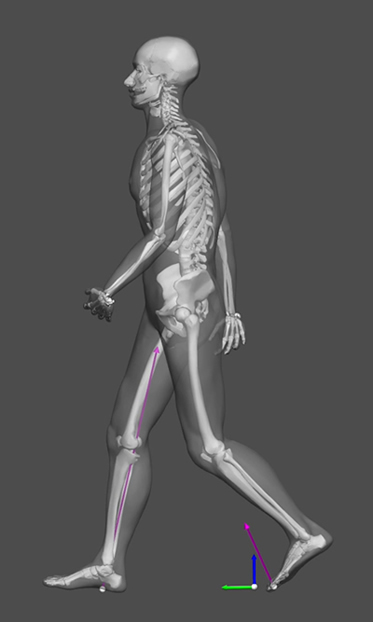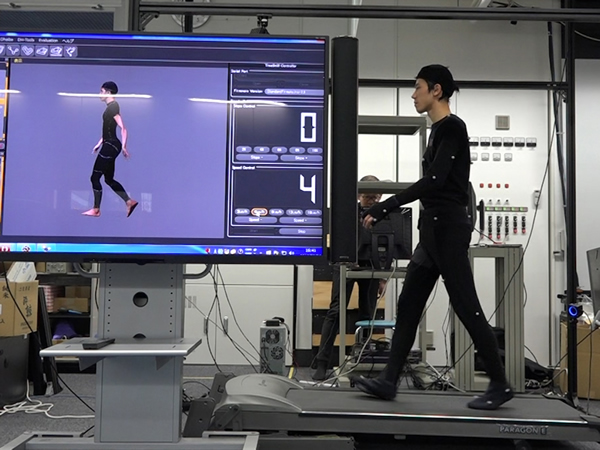Digital Human(National Institute of Advanced Industrial Science and Technology)

Research Staff
-

Professor
Mitsunori TADA -

Professor
Akihiko MURAI -

Associate Professor
Tsubasa MARUYAMA
| Digital Human Research Team | https://www.airc.aist.go.jp/dhrt/ |
|---|---|
| Research Institute on Human and Societal Augmentation | https://unit.aist.go.jp/rihsa/en/ |
Research Areas

Fig.1:Digital human modeling based on anatomy and measurement

Fig.2:Understanding human motion generation/control mechanisms using a digital human model

Fig.3:Real-time motion measurement, analysis, and visualization
Our laboratory is a part of Digital Human Research Group, Human Informatics Research Institute, National Institute of Advanced Industrial Science and Technology (AIST) under METI, located in Odaiba, Tokyo. Since our 2001 inception, we have promoted research projects with about 30 Japanese and international researchers and students from many fields to create computational models of human functions. We research the human appearance including its internal structure and functional neuro-musculoskeletal systems from the standpoints of modeling, computation, and measurement/visualization technologies. We work toward systems that adapt to individuals and their environments and support them suitably using digital human technology, a crucial function that has yet to be fully realized.
Prof. Tada works on modeling normalized/individual digital humans based on dimensional databases and statistics, and the development of motion measurement/analysis systems. Assoc. Prof. Murai works on modeling human neuro-musculoskeletal systems and the understanding of human motion generation/control mechanisms.
This course recruits students for the following research topics, which are part of ongoing research projects. Additionally, students may also propose related themes for their own research.
Digital human modeling
- We lead research of modeling technology to reconstruct the human appearance and function on computers from anatomical knowledge and medical images of skeletons, muscle, and organs. This year, we will model detailed limbs, the trunk, and abdominal cavity based on the ongoing volumetric digital human model.
Understanding of human motion generation/control mechanisms
- We measure human motion with optical motion capture systems and force plates, compute the joint angle and torque by kinematics and dynamics, and analyze the motion generation/control mechanisms based on robotics and statistics. This year, we will measure and analyze daily/athletic performance with the volumetric digital human model, applying statistic analysis and the feature extraction to analyze and modify these motion data.